Photo: Jean Feliksiak, 2017. |
HEALTH AND WELLNESS
The Foundation’s support for Health and Wellness initiatives has spanned its entire granting history. Starting with a grant to the Children’s Hospital in 1922, followed by the Winnipeg General Hospital (today part of Health Sciences Centre) in 1924 and Grace Hospital in 1931, The Foundation supported general facility maintenance at local hospitals, which relied on public and private donations.

The scope of these grants began to expand in 1935, when a $1,500 grant helped the Winnipeg General Hospital with “certain urgent requirements of a non-ordinary character,” and in 1939, when The Foundation’s grant supported the purchase of diagnostic X-ray equipment. As interest in medical research grew over the next decade, The Foundation would incorporate this area into its granting by the late 1940s.
In 1952, The Foundation granted to the Children’s Hospital to help offset the additional financial costs it incurred due to the polio epidemic. Up to that point, polio epidemics never occurred in back-to-back years, and few would have predicted that the worst polio epidemic in Manitoba would take place the following year.
But, in the summer of 1953, Winnipeg would report 763 cases of polio – nearly five times the number of cases reported the previous year – and 35 deaths. Patients often required lengthy hospital stays and rehabilitation treatments due to the resulting paralysis. This was of great concern to The Foundation’s Board of Directors, and as such, they allocated the year’s undistributed granting dollars to the financially stressed organizations that served at the frontlines of the epidemic.
In 1955, The Foundation granted $6,000 to the Welfare Council of Greater Winnipeg to conduct a survey of seniors’ issues. One year later, the Council established the Age Center (today known as A&O:
Support Services for Older Adults), with financial support from The Foundation totaling $12,800 from 1956 to 1959. In 1957, the Center was renamed the Age and Opportunity Bureau, and in May 1958, it held the first Manitoba Conference on Aging, which The Foundation supported with an additional grant of $1,000. The Foundation continued to support this conference in its second (1963), third (1966) and fourth (1985) iterations.
In 1957 and 1958, The Foundation also granted a total of $10,000 to support the Alcoholism Foundation of Manitoba (now the Addictions Foundation of Manitoba) in its first years, along with its purchase and furnishing of Nassau House, a treatment centre for men.
When the Manitoba Hospital Services Plan came into effect in 1958, placing hospital operating budgets under the authority of the provincial government, The Foundation stopped funding operating costs and pivoted to increasing its focus on medical and research equipment.
In 1960, it purchased the first computer (an LGP-30) for the Winnipeg General Hospital, and that same year, it provided funding for X-ray image intensifiers at St. Boniface Hospital and the Children’s Hospital, reducing radiation hazards for staff and patients.
Over the decades, Foundation grants would support the early years of several agencies working in the Health and Wellness fields, including the Manitoba League of the Physically Handicapped ($15,000 in 1976; now the Manitoba League of Persons with Disabilities), the Kinsmen Reh-Fit Project ($75,000 in 1978 toward its new facility, which opened in 1979 as the Reh-Fit Centre), the Women’s Health Clinic ($15,000 in 1982 to support its relocation to a new office), and Winnipeg Harvest ($5,000 in 1985 toward the cost of a vehicle lease; now Harvest Manitoba).
In 1994, The Foundation announced a $750,000 grant – its largest ever at the time – over a three-year period to Foundations for Health, a capital campaign partnership between the Health Sciences Centre Foundation and the Children’s Hospital of Winnipeg Research Foundation. The new partnership would create the John Buhler Research Centre at the University of Manitoba’s Downtown Centre campus, doubling the available space for medical research.
The next two decades saw The Foundation expand its health granting focus to projects taking on a holistic approach to health and wellness. In 2007, The Foundation supported the Friends of Assiniboine Park Conservatory’s Abilities Garden, an accessible outdoor garden that helps people improve their physical and mental health through horticultural therapy programming, while also reducing isolation and stress.
“A&O’s Senior Centre Without Walls program makes me feel part of a group.”
Jean Feliksiak, A&O Support Services’ Senior Centre Without Walls program participant, quoted in 2017.
The Foundation also provided support for initiatives increasing food security. In 2015, NorWest Community Health Centre established its Community Food Centre – the first community food centre in Western Canada – to provide advocacy, education, and access to healthy food. The Foundation supported the initial planning of the centre, as well as a Volunteer Coordinator position. In 2016, The Foundation granted $20,000 to the Sustainable South Osborne Community Cooperative, in partnership with Food Matters Manitoba, to support the South Osborne Permaculture Commons, community garden spaces which donate a portion of the food grown to people who need it.
As mental health and addictions challenges became increasingly urgent community issues in Winnipeg, The Foundation announced $5.27 million in strategic grants in January 2020 to charitable organizations working in the fields of mental health, addictions, and community safety. Of those grants, $4.62 million supported six organizations providing prevention, crisis intervention, treatment, and post-treatment services. The remaining $650,000 was distributed to 12 front-line organizations as unrestricted funds, allowing them to respond to the most pressing needs.


